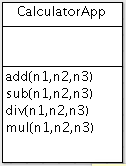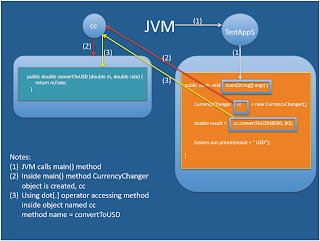The try...catch block is mainly use to handle exceptions in java as shown below.
First block : try
Second block : catch
Third block (optional): finally
Source: TestException.java
import java.io.File;
import java.io.FileNotFoundException;
import java.util.Scanner;
public class TestException {
public static void main(String[] args) {
try {
Scanner scanner = new Scanner(new File("ccc"));
} catch (FileNotFoundException exception) {
exception.printStackTrace();
System.out.println("Please contact sysadmin. 5111");
} finally {
//close any database or other resources, as this block will be executed irrespective of any exceptions or not in above 2 blocks
}
System.out.println("Thank you.");
}
}
As the ccc file is not available the above program throws exception of FileNotFoundException type

